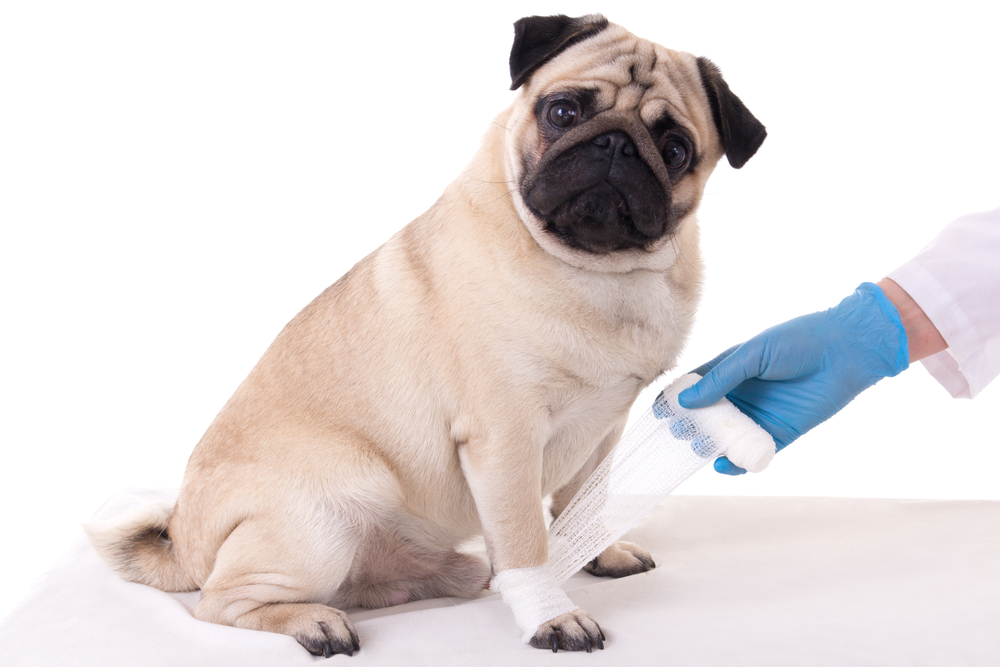

You want your furry pal healthy, happy, and safe. But what if something terrible happens and they get hurt or sick? Do you have emergency action plans? Pet first aid is the primary care you can provide until you can get them to a vet.
What Is Pet First Aid?
This is the immediate care you must provide for your injured or ill pet until a vet can perform further medical treatment. First aid care may be enough for minor conditions. For other problems, consider first aid care as temporary care until your vet evaluates and treats your pet.
Why Is It Important?
Pet first aid is crucial because it can save your pet’s life. It can also reduce their pain and suffering and prevent further complications or infections. Knowing how to perform pet first aid can help you stay calm and confident in an emergency.
How to Prepare for Pet Emergencies
Keeping a pet first aid kit at home, in your vehicle, and in your bag when you travel with your pet is the best way to prepare for pet emergencies. A pet first aid kit should contain items such as:
Bandages
Wound wash
Cotton wool
Tick tweezers
Dressings
Antiseptic wipes
Wound dressing
Self-adhesive tape
Blunt-ended scissors
Vinyl gloves
Foil blanket
A blanket to use as a stretcher
It would be best to store your vet’s number in your phone and a list of emergency vet clinics nearby. Taking a pet first aid course or reading a pet first aid guide is an excellent idea to learn how to handle different situations.
How to Perform Pet First Aid
You must remain composed when your pet is in a crisis. Check if your pet responds to you and has a clear airway, breathing, and circulation. Call your veterinarian or an urgent care facility and explain what happened and the symptoms your pet is experiencing. When they tell you what to do, do as they say.
Give your pet any first aid care they need, such as stopping bleeding, cleaning wounds, bandaging, or CPR. Move your pet gently with a blanket or a carrier to the vet as soon as possible.
What Are Common Pet Emergencies?
Some of the common pet emergencies that may require first aid care include:
Bleeding: Stop the bleeding with a clean cloth or gauze. If it is severe or persistent, bandage the wound and take your pet to the vet.
Choking: Remove the object with your fingers or tweezers. If impossible, do the Heimlich maneuver by pushing up behind their ribs. If unsuccessful, take your pet to the vet.
Poisoning: Call your vet or a poison control center if your pet eats a toxic substance. Please do not make them vomit unless told by a professional. Bring the substance or its label if possible.
Burns: Flush the burn with cool water for 10 minutes. Do not use ointments or creams. Take your pet to the veterinarian after covering the burn with a clean towel or bandage.
Seizures: Do not restrain your pet or put anything in their mouth. Keep them away from harm and time the seizure. After it stops, keep them warm and calm and take them to the vet.
Conclusion
Pet first aid is essential knowledge and skills for handling emergencies that may happen to your furry companion. You can assist your pet in an emergency and improve their chances of recovery by keeping a pet first aid kit. Additionally, you ought to be knowledgeable about fundamental first aid techniques and ask your veterinarian for advice.
For more information on pet first aid, visit Brekke Veterinary Clinic at our Castle Pines or Castle Rock, Colorado office. Call (303) 474-4260 or text 720-790-5095 or 720-782-6144 to schedule an appointment today.







